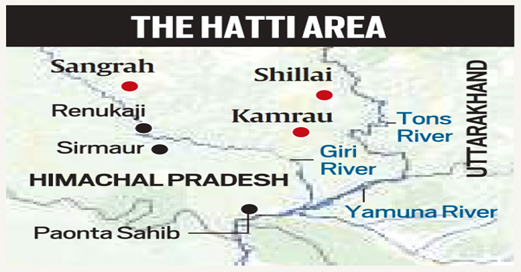Free Courses Sale ends Soon, Get It Now


Free Courses Sale ends Soon, Get It Now



Copyright infringement not intended
In News
Hatti community
Tribal Area
https://indianexpress.com/article/explained/explained-demand-tribal-status-himachal-trans-giri-hatti-community-8039762/
https://t.me/+hJqMV1O0se03Njk9
© 2024 iasgyan. All right reserved